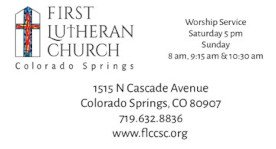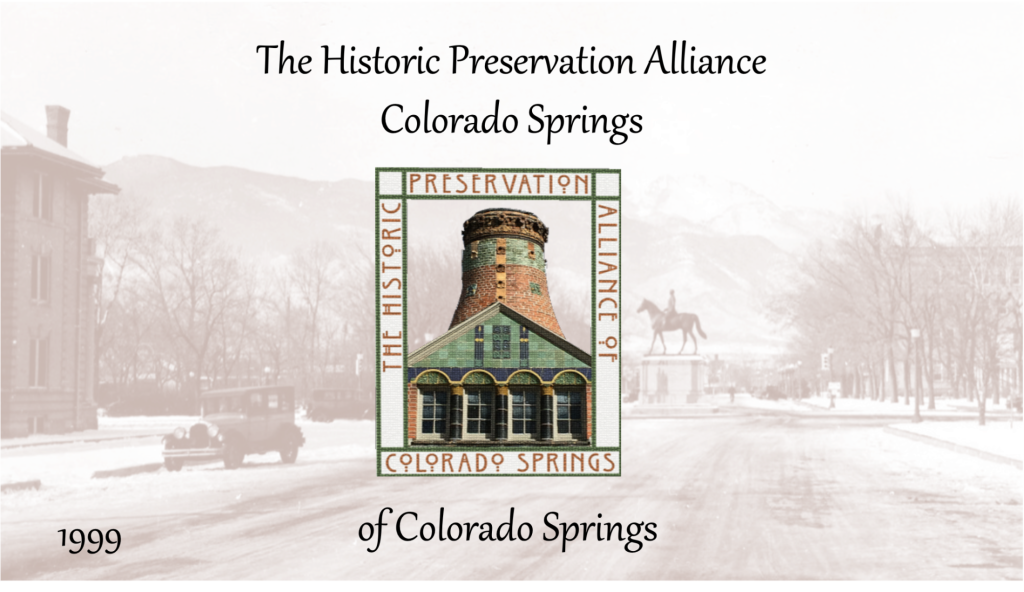Saturday, May 21, 2016
The Old North End Pedestrian and Bicycle Safety Committee has just released a two-page summary of the major arguments in favor of Safety-Sizing five arterial streets that run through the Old North End. Safety-Sizing is reducing streets from two-lanes-in-each-direction to one-lane-in-each-direction. The short name is “One Lane From Two Lanes.”
The summary is two pages long, so it can easily be printed on both sides of one sheet of standard paper. If you need a handout to distribute at meetings or show to your neighbors, just push the link below and you will get the PDF version ready for printing.
Safety-sizing streets – changing to one-lane-in-each-direction from two-lanes-in-each direction – has the following benefits in residential neighborhoods:
- Colorado Springs Traffic Engineering Department is confident that current traffic volumes are low enough to be handled by one lane in each direction on five streets that pass through ONEN– Cascade, Nevada, Weber, Wahsatch, and Fontanero.
- By quieting traffic and improving pedestrian and bicycle safety on five arterial streets, this Plan will improve the lives of families who live on those streets. This includes about 600 within the Old North End and many more in the North Downtown area and on East Fontanero Street.
- This plan will create a major improvement to the safety of our roads at a very low cost. Only the painted lane stripes on the streets need be changed.
- The changes are only being made with paint. If the project is deemed unsuccessful, the streets can be reverted back to their current configuration at a relatively low cost
- Safety-sizing lowers vehicle speeds and controls speeding. A single lane of traffic tends to move at a steady speed just above the speed limit. Speeders are no longer able to race around law-abiding drivers by using a second lane of traffic. Lower speeds reduce the severity of all accidents (especially vehicle vs. pedestrian/bike accidents).
- It puts a stop to street racing, frequent lane changing, cars passing one another at high speed, and aggressive drivers manipulating to get ahead of all the other traffic. The tension of cars coming up from behind drivers and passing them closely in the second lane is eliminated. Middle-aged and older drivers are particularly rewarded by these improvements.
- It reduces automobile accidents in a range of 10 to 65 percent.
- The space originally used for a second lane of traffic in each direction can be used for left-turn lanes and right-turn lanes at busy intersections. This creates a pleasanter situation for motorists, as turning left or right from special “left turn” and “right turn” lanes is easier and safer than having to turn from a busy lane of moving traffic. This will better handle current traffic flows and ease congestion
- With the second lane of traffic in each direction removed, there is additional space on the roadway for wide and safe bicycle lanes. It becomes much pleasanter and safer for bicyclists to pedal through the neighborhood.
- Pedestrian and bicycle safety is enhanced because, at intersections and pedestrian crossings, pedestrians and bicyclists only need to cross two lanes of active traffic (one northbound and one southbound). With two-lanes-in-each-direction, pedestrians and bicyclists have to cross four lanes of traffic on an arterial street. This benefit most likely would have prevented the January 2016 accident at Colorado College in which a student was hit, dragged along the street pavement, and seriously injured on two-lanes-in-each-direction North Cascade Avenue. This plan will improve safety for those walking/biking to area schools (Steele Elementary, Corpus Christi Elementary, North Middle School, and Palmer High School).
- Safety-sizing improves the walkability and the pedestrian atmosphere in the neighborhood. The traffic calming effects of “One Lane From Two Lanes” listed above for automobiles and drivers also create an improved feeling of safety on the street for pedestrians. There is less traffic noise (fast accelerations, fast stops with squealing brakes, horn honking, etc.). Walking about the neighborhood becomes a happier experience, and people feel more neighborly. People get more active and are willing to consider alternatives to driving.
- Prevents parked cars from getting hit by passing vehicles. It makes it safer to get in and out of your car if you have to park on the street.
- Makes it easier to back out of your driveway on the north-south arterials (only one lane of moving traffic, rather than two lanes, to watch out for).








